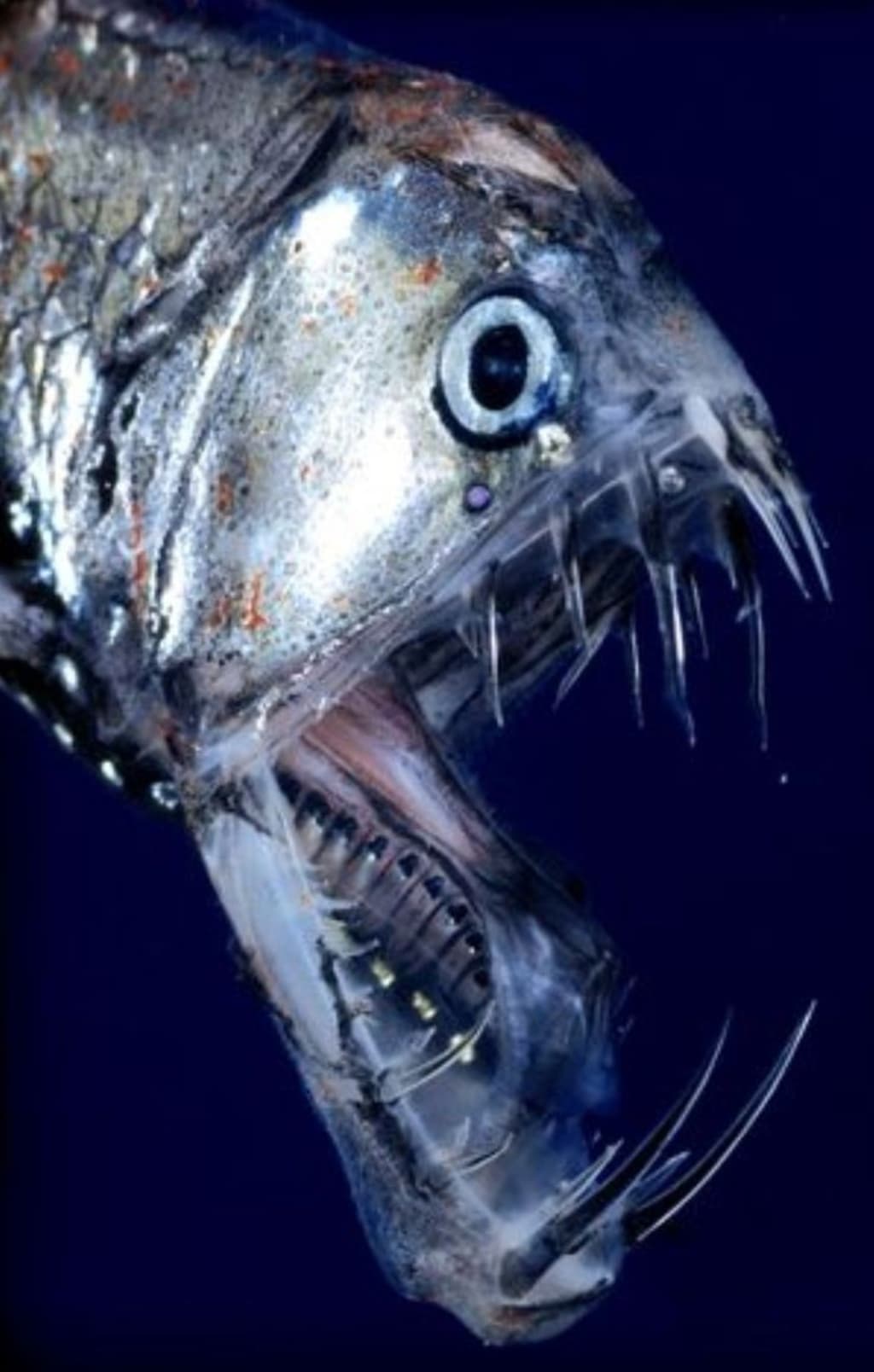Exploring the Depths: Unveiling the Mysteries of Deep Sea Creatures
The ocean, an immense realm covering over 70% of our planet's surface, continues to captivate and astonish with its hidden treasures and enigmatic inhabitants. In recent years, advancements in technology and exploration have allowed scientists to peer into the abyssal depths like never before, revealing a world teeming with life forms adapted to survive in extreme conditions. Join us on a journey into the depths of the ocean, where each discovery unveils new wonders and challenges our understanding of life on Earth.

1. The Five Deeps Expedition: Discovering Alien Worlds
In 2019, the Five Deeps Expedition marked a historic milestone in deep-sea exploration. Led by deep-sea pioneer Victor Vescovo, the expedition aimed to reach the deepest points of the world's five oceans, including the Puerto Rico Trench in the Atlantic and the Java Trench in the Indian Ocean. Using the revolutionary deep submergence vehicle "Limiting Factor," the team descended to unprecedented depths, uncovering a wealth of new species and geological formations.
During their descent into the Java Trench, approximately 7,180 meters below the surface, the expedition stumbled upon a creature previously unknown to science a gelatinous stalked sea squirt. Resembling a balloon attached to a string, this ethereal organism floated through the frigid waters, its ghostly silhouette a testament to the alien landscapes found in Earth's deepest recesses.
2. Fangtooth: The Predator of the Abyss
Among the most iconic denizens of the deep sea is the Fangtooth fish, a creature with a visage straight out of a nightmare. Inhabiting depths up to 5,000 meters, these fish boast the largest teeth relative to body size of any known species. Their formidable appearance is matched by their predatory prowess, as showcased in BBC's Blue Planet II, where the Fangtooth's savage attacks on prey reveal the brutal reality of survival in the abyss.
Despite their fearsome reputation, Fangtooth fish exhibit remarkable adaptations to their extreme environment. Able to withstand the crushing pressures of the deep sea, they possess a unique resilience that allows them to survive even when brought to the surface for study—an anomaly among many deep-sea creatures.
3. Bobbit Worm: Nature's Underwater Assassin
Few creatures epitomize the blend of horror and fascination found in the deep sea like the Bobbit Worm. Named after Lorena Bobbitt for its ruthless hunting technique, this ambush predator lurks in sandy burrows, awaiting unsuspecting prey. Armed with venomous spines and lightning-fast reflexes, the Bobbit Worm can strike with such force that it slices its victims in half, dragging them into its lair for consumption.
The Bobbit Worm's predatory prowess is matched only by its mysterious biology. Capable of regenerating and splitting into multiple parts, these worms are a testament to the adaptability and resilience required to survive in Earth's most extreme habitats.
4. Gulper Eel: Enigma of the Deep
The Gulper Eel, also known as the Pelican Eel, is one of the most peculiar and elusive creatures found in the deep sea. Despite its widespread distribution, little is known about its behavior and life cycle due to its rarity and inaccessible habitat. Sporting a large, expandable mouth capable of swallowing prey larger than itself, the Gulper Eel's bizarre anatomy reflects its adaptation to the challenges of life in the abyssal plains.
Recent advancements in deep-sea research, including the detection of Gulper Eels in their natural habitat, have shed light on their feeding habits and ecological role. These discoveries underscore the importance of continued exploration and conservation efforts to protect these mysterious creatures and their fragile ecosystems.
5. White Margin Stargazer: Master of Camouflage and Ambush
In the shallow coastal waters of the Indo-Pacific region, the White Margin Stargazer lurks, employing a unique strategy to capture its prey. Buried in sand with only its eyes and mouth exposed, this ambush predator waits patiently for unsuspecting fish and crustaceans to pass by. With a venomous and electrically charged tongue-like appendage, it strikes swiftly and decisively, creating a vacuum that sucks its prey into its waiting jaws.
The Stargazer's ability to blend seamlessly into its surroundings and its lightning-fast attack mechanism highlight the ingenuity of nature in adapting to diverse and challenging environments. Studying these creatures not only enhances our understanding of marine biodiversity but also underscores the importance of protecting coastal habitats essential to their survival.
Conclusion
The exploration of deep-sea ecosystems remains a frontier of discovery, offering glimpses into a world largely untouched by human hands. Each encounter with these remarkable creatures not only expands our scientific knowledge but also emphasizes the need for responsible stewardship of our oceans. As we embark on future expeditions and advancements in technology, the mysteries of the deep sea are poised to reveal even more astonishing marvels, challenging our perceptions and enriching our understanding of life on Earth.
About the Creator
Enjoyed the story? Support the Creator.
Subscribe for free to receive all their stories in your feed. You could also pledge your support or give them a one-off tip, letting them know you appreciate their work.





Comments
There are no comments for this story
Be the first to respond and start the conversation.